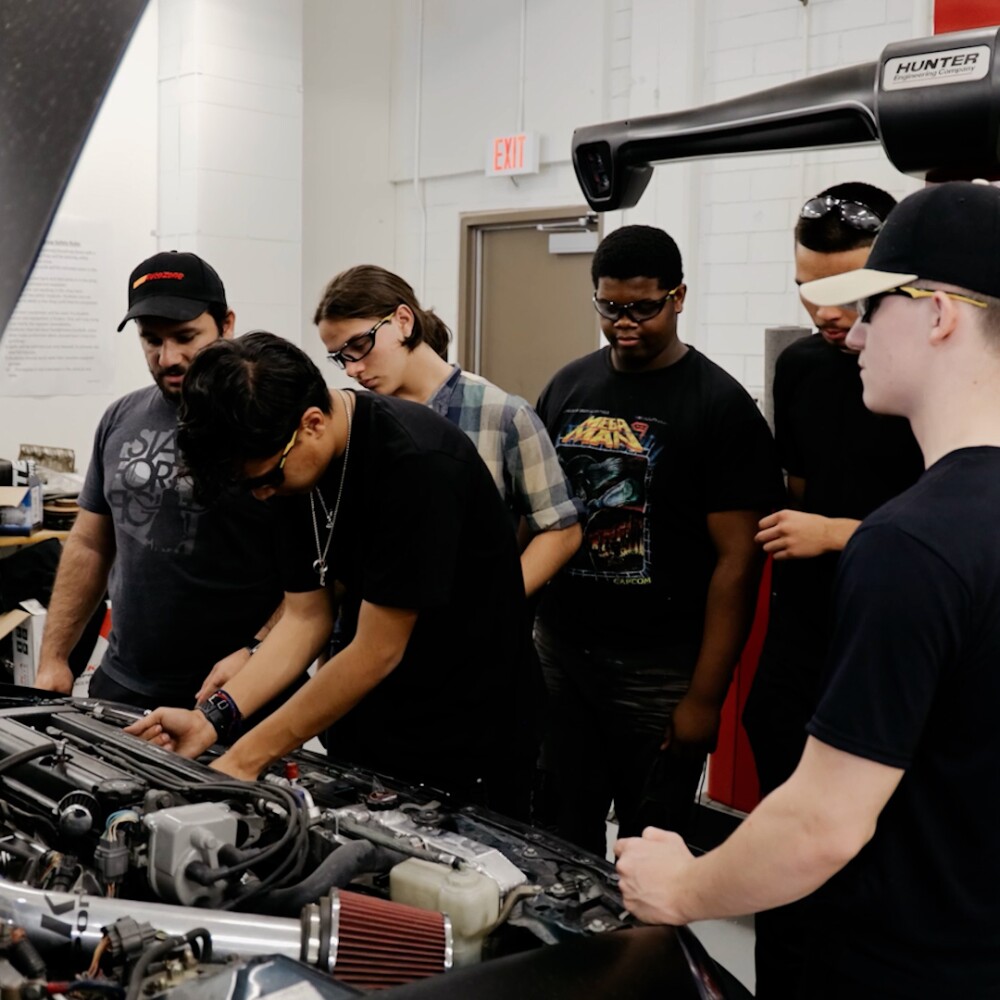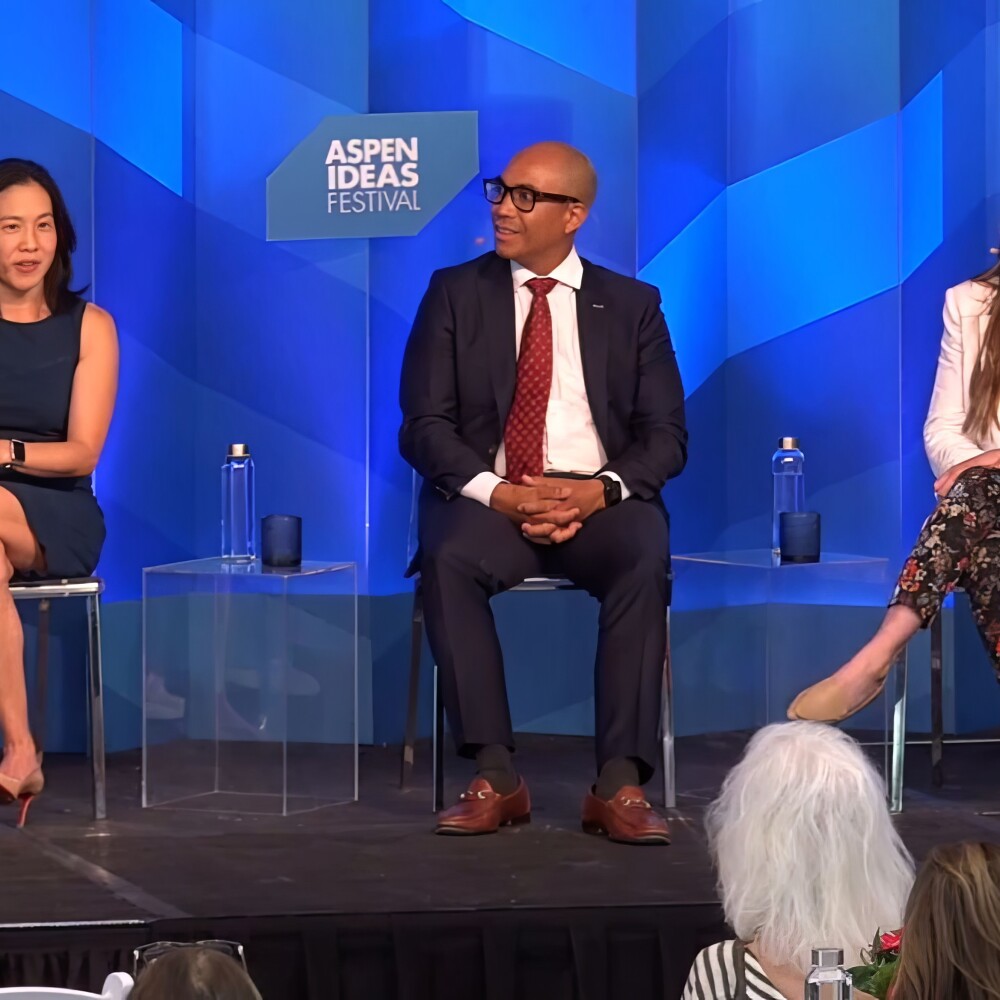Apprenticeship programs, where individuals earn a living while learning with a mentor, are turning the workplace into the new learning campus.
This learn-and-earn model is spawning new apprenticeship programs based on traditional registered apprenticeships, including pre-apprenticeships, mini-apprenticeships, youth apprenticeships, and apprenticeship degrees.
And a new third-party organization — the apprenticeship intermediary — is being created to expand and run these programs.
This expansion of apprenticeship programs has solid support among Americans, including employers and young adults, especially from Gen Z.
An American Staffing Association survey found more than 9 in 10 Americans (92%) have a favorable view of apprenticeships, with more than 6 in 10 (62%) saying that apprenticeships make people more employable than going to college.
When given the choice between a full-tuition college scholarship and a three-year apprenticeship leading to a good job, nearly 6 in 10 (56%) parents opt for apprenticeships.
Gen Z high schoolers agree. Many want to learn on the job. For example, more than two-thirds say their ideal post-high school learning should be on the job, through internships or apprenticeships (65%) or hands-on learning in a lab or classroom (67%). Only a third say their ideal learning would be only through coursework.
The U.S. government established its authority to register and oversee apprenticeship programs in 1937 when President Franklin Roosevelt signed the National Apprenticeship Act, which also gave states the option to create oversight agencies. But 86 years later, the U.S. lags far behind other nations in preparing individuals for jobs using apprenticeships, with programs typically focused on construction trades.
Today, registered apprenticeship programs are career pathways that allow individuals to be paid for work and classroom instruction and receive a nationally recognized credential. They enroll around 600,000 individuals in 27,000 programs. They differ from internships, which typically are short-term, entry-level unpaid jobs that do not have a mentor and do not award an industry credential.
Federal and state support is growing for apprenticeship programs.
At the federal level, spending in the Office of Apprenticeship in the Labor Department’s Employment and Training Administration more than doubled over a five-year period, from $90 million in 2016 to $185 million in 2021. In 2022, Department of Labor apprenticeship grants saw a $50 million increase in funding, consistent with President Biden’s call to strengthen apprenticeships in his State of the Union speech. The Biden administration also committed new funding to pre-apprenticeships, especially in clean energy and other climate-focused careers.
Apprenticeship programs largely succeed in preparing individuals for rewarding employment. For example, one study of registered apprenticeships shows that workers can earn $240,000 more over their lifetime — $300,000 when including benefits — by participating in a program.
Another study documents how states are creating new pre-apprenticeship programs as short as one to three weeks, or up to eight weeks, to introduce a more diverse pool of traditionally underrepresented groups to apprenticeships. Some states are also experimenting with high school programs as long as two years.
Organizations like the Progressive Policy Institute’s New Skills for a New Economy program and ExcelinEd’s College and Career Pathways program offer policy guidance at the federal and state levels and implementation assistance.
Other organizations like Education Strategy Group (ESG) and Partnership to Advance Youth Apprenticeship (PAYA) provide assistance to states and communities that want to create apprenticeship programs. They work with apprenticeship intermediaries like community colleges and local workforce boards to create and run programs.
Ryan Craig, managing director at Achieve Partners, describes in Apprenticeship Nation how these new third-party intermediaries can use an “earn and learn, hire-train-deploy” approach in their work. They would create, run and pay the up-front costs of apprenticeship programs. Companies would “try before they buy” an apprentice and pay a fee to the intermediary for recruiting, training and matching employees with firms.
The earn-and-learn apprenticeship model is making the workplace the new campus.
Apprenticeship programs have broad bipartisan backing not only at the federal level but across states as diverse politically as California, Colorado, Tennessee, and Texas. The National Governors Association (NGA) Center for Best Practices provides advice to states through publications on lessons learned across states in policy development and creating and expanding apprenticeship programs. NGA is also a partner with PAYA in a six-state, multi-year effort to help those states’ communities expand access to youth apprenticeship programs.
On the K-12 education front, the apprenticeship model is being used to create debt-free teacher apprenticeships that award bachelor’s and master’s degrees. The nonprofit Reach University is a leader in this effort, with Oxford Teacher’s College its undergraduate school of education and Reach Institute its graduate school.
The U.S. Departments of Education and Labor are cooperating on a program to create paid registered apprenticeship programs for teaching. The first program was approved in Tennessee.
The earn-and-learn apprenticeship model is making the workplace the new campus, and this model is sprouting new apprenticeship programs in different fields, including teaching. Now is the time to recommit the nation to expanding these pathways to opportunity.
A version of this article was originally published in The Messenger on Nov. 12, 2023.



